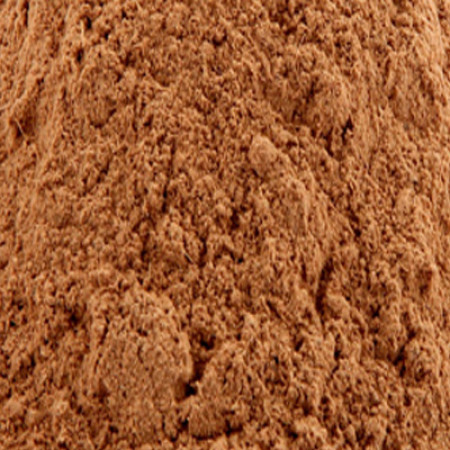BAYBERRY BARK POWDER
Product Name: BAYBERRY BARK POWDER
Botanic Name: Myrica esulenta
Myrica cerifera is a small tree or large shrub native to North America. Its common names include (Southern) Wax myrtle, (Southern) Bayberry, Candleberry, Bayberry tree, and Tallow shrub. It sees uses both in the garden and for candlemaking, as well as a medicinal plant. Bayberry root bark is the part used in herbalism. The plant contains several organic compounds, including: triterpenes such as myricadiol, taraxerol, and taraxerone, as well as chemicals such as different flavonoids, tannins, resins, gums, and phenols. These compounds have varying effects. Myricadiol has a slight impact on levels of potassium and sodium, while a substance called myricitrin has antibiotic properties. Bayberry has a history of medicinal use. The Choctaw boiled and used the result as a treatment for fevers. Bayberry was eventually adopted as a medicinal plant, but only in the South. In 1722, it was reported that colonists in Louisiana drank a mixture of wax and hot water to treat severe dysentery. Bayberry was reported in an account from 1737 as being used to treat convulsions, colic, palsy, and seizures. Starting in the early 19th century, a herbalist called Samuel Thompson recommended this plant for producing "heat" within the body and as a treatment for infectious diseases and diarrhea. That use of bayberry waned later in the 19th century, in favor of using it for a variety of ailments, including a topical use for bleeding gums. For twenty years starting in 1916, bayberry root bark was listed in the American National Formulary. Medicinal use of Bayberry has declined since its peak in popularity in the 19th century. The plant is still used today in the treatment of fever, diarrhea, and a few other ailments. The chemical myricitrin has anti-fever properties. In addition, that chemical, along with the tannins, has anti-diarrheal properties. The myricitrin works as an antibiotic, while the tannins have astringent properties. In general, either a decoction or a tincture is used. Infusions and a topical paste have also been used. Pregnant women should not use Bayberry. In addition, tannin action relating to cancer is unclear, with studies indicating both pro and anti-cancer effects. Bayberry, just like any other medicinal plant, should only be used under the supervision of a physician.














